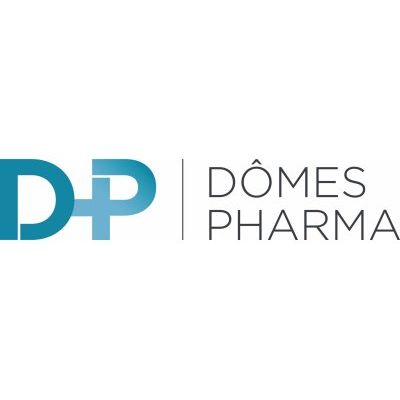

- Home
- Companies
- Dômes Pharma Inc (formely Sentrx™ ...
- Applications
- Pet Care Products for Eye Condition - ...

Pet Care Products for Eye Condition - Ocular Injury - Medical / Health Care - Animal Heath
Your dog’s eye health is essential to everyday comfort and well-being. Understanding the potential risks and conditions can empower you to ensure your dog’s long-term eye health.
Ocular Injury
Just like with humans, injuries on the ocular surface of your dog’s eyes can be very painful and cause permanent damage to the surface. Ranging from mild to severe, injuries can occur when a small object enters or becomes embedded in the eye. Injuries can also occur from scratching and pawing of the eye, fighting, accidents with harmful substances, abnormal eyelash growth and inverted eyelids.
Ocular Injury Terms
Penetrating: this means the cut, wound or foreign object has not completely passed through the cornea (outer eye layer) or sclera (white of the eye).
Perforating: a wound or foreign body completely passes through the cornea and sclera causing greater risk to your dog’s vision.
Simple: a simple injury can be penetrating or perforating, but does not involve other structures of the eye beyond the cornea and sclera.
Complicated: this type of injury perforates the eye and involves other eye structures beyond the cornea and sclera. They can affect one or all parts of the eye including the iris, choroid, retina and lens.
Corneal Ulcer: a lesion in the cornea (the transparent part of the eye) that occurs when deeper layers of the epithelial tissue are destroyed.
Signs of an Ocular Injury
The signs of an ocular injury can be similar to other eye conditions, so if your pet is squinting and avoiding bright lights, there is likely something in the eye. If your pet is exhibiting any of these signs, please consult with your veterinarian on proper steps to address the problem, which may include an immediate visit for examination.
Breeds with short noses and prominent eyes are more likely to get eye ulcers and injuries. These breeds include:
- Pug
- Boxer
- Boston terrier
- Pekingese
- Bulldog
- Shih Tzu
Injuries to the eyes should be taken seriously, so a visit to the veterinarian is warranted to ensure your dog gets the right treatment immediately. Some of the diagnostic steps your veterinarian will use include:
- Referral to a veterinary ophthalmology specialist if needed
- Identifying trauma in deeper parts of the eye
- Putting an orange dye on the eye to look for foreign objects
- Visual response to stimuli brought close to the eye
- Physical exploration for any type of foreign object
- Examining the pupils for size, shape, symmetry and light reflexes
The course of treatment will be determined by the severity and the parts of the eye that have been injured. Your veterinarian will prescribe the appropriate medications and care needed to treat the injury. This could include:
- Elizabethan Collar to prevent further injury
- Soft contact lens as a bandage to protect the eye
- Anti-inflammatories or analgesic for pain
- Antibiotics for infection
- Ocular repair treatments for healing
In more severe cases, your dog’s injury may require surgical exploration or repair. Since eye injuries are so painful and may put your dog’s vision at risk, seeking treatment immediately can ensure immediate comfort for your pet, as well as rapid healing to get him or her back to enjoying life (without bandages or a cone).
